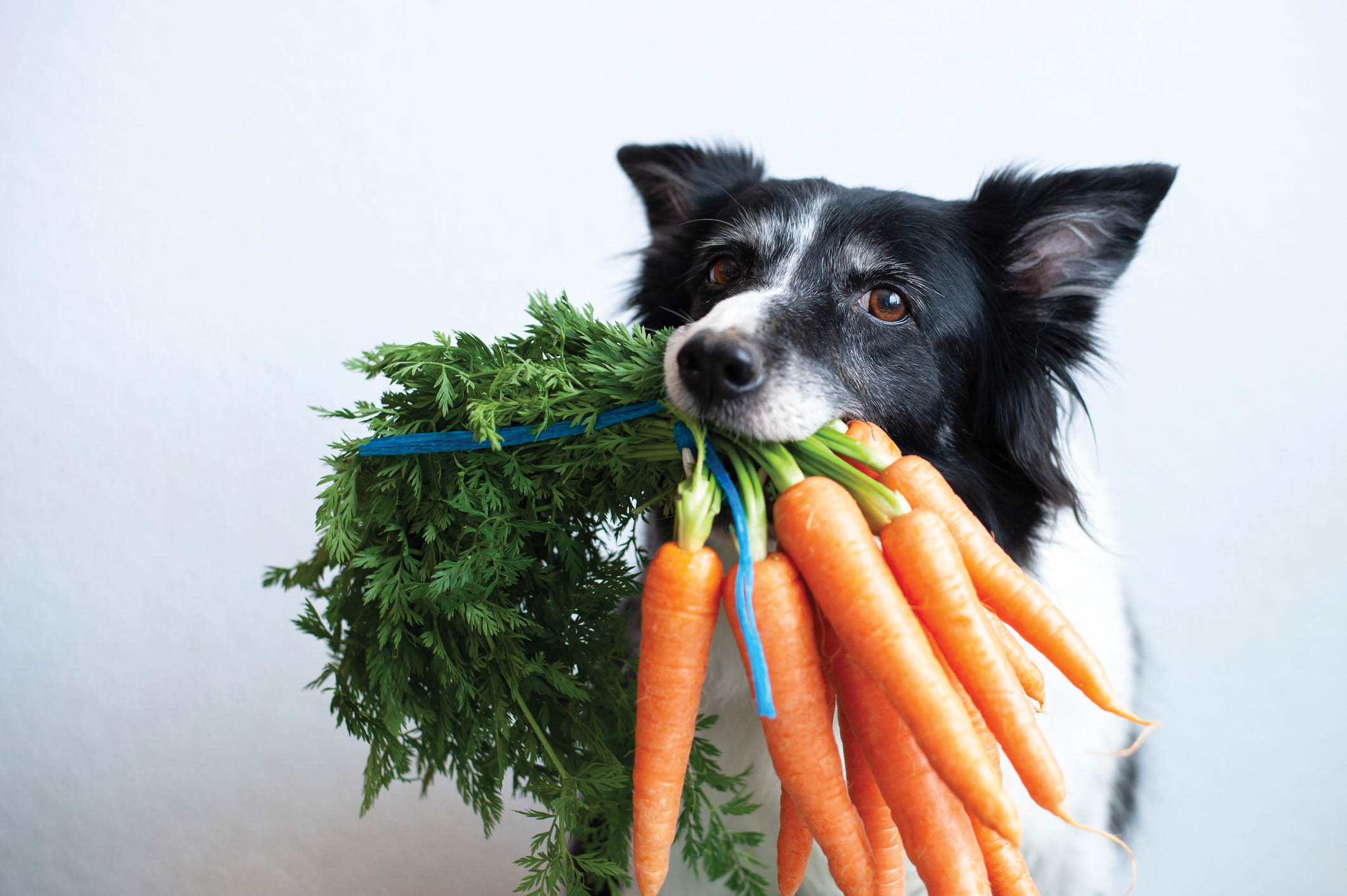How to Meet Your Dog’s Nutritional Needs

Unfortunately, dogs can’t talk to humans. They can’t say when they need more or less of something, so it’s up to their owners to recognize when a dog doesn’t have all their nutritional needs met.
To the untrained eye, understanding canine nutrition can be much harder than it seems. Once you know what to look for, you’ll learn to provide your pooch with the right food that fits perfectly within your budget.
1. Choose High-Quality Food
Boutique dog food doesn’t necessarily mean it’s good. You should consult with your veterinarian to ensure the brand has your dog’s best interests in mind before giving it to them. Dogs don’t need to avoid grain unless they’re allergic, but corn is often used as a filler to make food production cheaper and has no nutritional value of its own. Prioritize foods with protein as the primary ingredient, not fillers.
2. Understand Caloric Needs
Like humans, dogs have different caloric needs based on their size, age and energy level. You don’t want to be overfeeding or underfeeding your dog, so it’s best to learn how much they should eat in a day. Larger breeds will require more cups of food than smaller ones. Their varying needs may also encourage you to get food tailored more toward your pup — such as small bites instead of large kibbles for a toy dog or mixing dry and wet food for an older one.
3. Learn the Breakdown of Nutrients
Protein is essential but dogs are omnivores, not carnivores. They need more than just protein. Minerals, fats, vitamins and carbohydrates are necessary for a balanced diet. Once you know where to look for these nutrients, you’ll find yourself scrutinizing the ingredients list on the back of every package of dog food. It’s vital to ensure it’s properly nourishing your canine companion.

4. Consider Amino Acids
Many kinds of dog food have the bare minimum of protein and amino acid requirements, but they may not always have the right balance of amino acids. Amino acids keep immune systems strong and give an organism the energy it needs for the day. Look into a dog food brand that balances amino acids and other nutrients — not ones that simply meet the minimal requirement.
5. Know the Perfect Weight for Your Dog
Too many dogs fall in the overweight category. They are at risk for obesity if they consume too much of the wrong food, similar to humans. They can also contract several diseases that result from not being a healthy weight. You can monitor your dog’s weight by checking on their appearance — you should be able to feel a dog’s ribs but not see them. A great diet and regular exercise can help a dog achieve this level of conditioning.
6. Feed Dogs Separately
Some owners like to feed their dogs out of one large bowl if they get along. This practice is problematic because it encourages you to keep the bowl filled — thereby possibly providing one of your dogs with too much food. Also, there’s no way for you to be sure all your dogs have eaten their fill. Feeding them separately and at designated times ensures you know just how much your dogs are eating and if their food meets all their nutritional needs.
7. Look Into Specialty Food
All-around nutrition might not be suitable for some dogs. They could require certain things as a puppy, as a senior or if they’re pregnant. They need different food at various stages of life. Make sure to examine ingredients to ensure that what you’re getting will support your dog through the stage of life they’re currently in. If they have issues with their joints, feeding them something that will support their joint health will benefit them and potentially keep them off supplements or medications.
–
Your dog is your best friend. You want to make sure their nutrition meets your standards by having only the best for your canine companion. Still, that doesn’t mean the priciest dog food out there will be the best for your pup.
Even if you’re on a budget, you can find something that nourishes your dog. Just monitor ingredients and feed them the right amount. The ideal food will keep your dog happy and healthy for many years to come.
About the Author

Mia is a health and wellness writer and the Editor In Chief at Body + Mind. She specifically enjoys writing about women’s fitness, as well as mental health-related topics. When she’s not writing, Mia can usually be found reading poetry, taking a dance or cardio class, or hiking.






